About Biomarkers
Biomarkers are organic molecules left behind by living organisms. They tell us about the past environment, such as past temperature, past rainfall amount, or changes in past plant communities. We measure biomarkers using Gas Chromatography for geological deposits, such as lake sediments, ocean floor sediments and peat bogs.
Alkenones
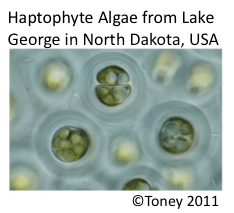
Alkenones are produced by specific marine and lake algae known as haptophytes. The number of double bonds in their molecular structure can tell us about the past temperature of the surface ocean or the surface water of a lake. Haptophytes add more double bonds as temperatures cool.
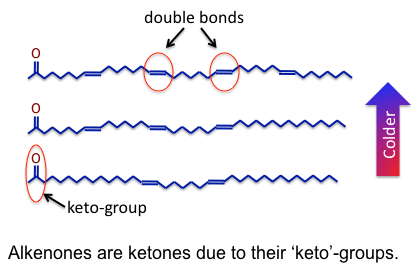
Plant leaf waxes
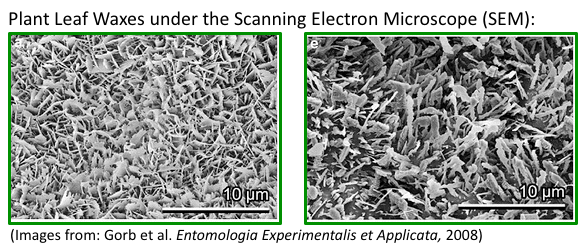
Plants make long, carbon molecules to protect their leaves from desiccation. These molecules include: alkanes, alkanols, and organic acids. The n-alkanes are of particular interest, because there are a number of indices derived from n-alkanes that scientists use to gain information about past environments. They tell us about the amount of plant input, aridity and the hydrological cycle. Alkanes with < 25 carbons (C25) are typically produced by aquatic plants while those > C25 are produced by terrestrial plants.

Bacterial membrane lipids
One class of lipids that is found in bacterial membranes is hopanoids. Hopanoids can tell us a lot of information about the depositional environment. For instance, if they are found in marine settings, their concentrations tell us about how much material has come in from terrestrial environments. The stereochemistry of the R-group on a hopane indicates thermal alteration and environmental origin.
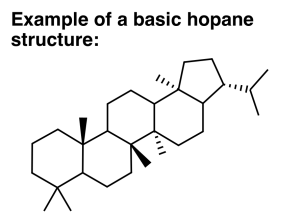
At BECS we are interested in relating the various types of hopanes with their environmental origins, precursor organisms, and understanding the effects of diagenesis under differing environmental conditions.
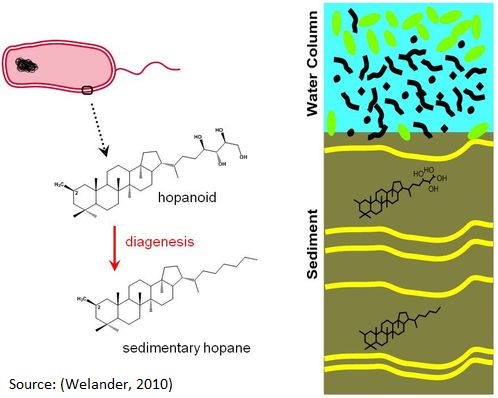
Glycerol dialkyl glycerol tetraethers
Other membrane lipids from bacteria, archaea and thaumarchaeota include large lipids, glycerol dialkyl glycerol tetraethers, called GDGTs for short. GDGT proxies are used to reconstruct various environmental conditions (e.g., soil pH, soil temperature, sea-surface temperature, etc).


